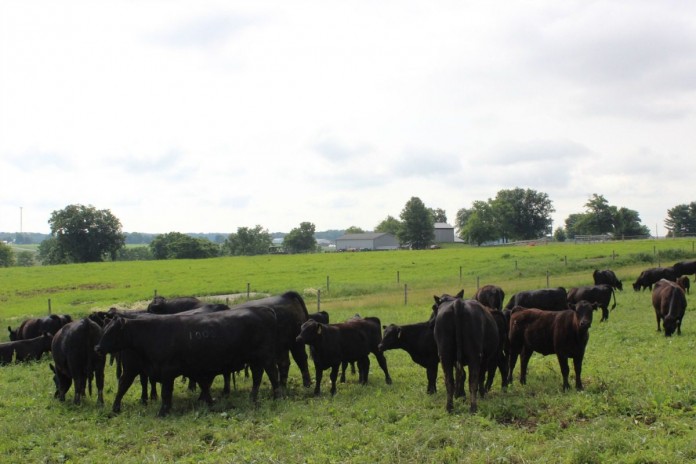Fake news is as old as Adam, Eve and the apple. At least we’ve learned not to trust a snake.
Some would have you think it’s a new phenomenon or it’s all politics these days, but it’s everywhere and it has been for ages.
Mistaking opinion for fact happens across all groups and demographics. My son comes home from elementary school with a “truth” he heard from a classmate and tries to argue with his mom and dad about what he thinks he learned in science class. (Not a good idea when both parents deal with quite a bit of science in their chosen career paths.)
Sometimes in the same day, I find myself telling friends or relatives, “that’s simply not true,” when it comes to a story on Facebook or something they’ve gleaned from the Internet. I’m not above making these mistakes, either.
Know the source
Once, I was watching a late-night newscast with disgust at how a certain group of people lived and treated their community members, and then a little alarm when off in my head. The same journalist had aired an entirely inaccurate picture of agriculture just weeks before.
Who was to say that what I was watching was the whole story? Increasingly it seems, news reports include the author’s opinion. Sometimes the fake news is a harmless misstep in the retelling of a story or spreading some silliness, such as “putting onions in the refrigerator will kill you.”
But other times, people make medical, financial and lifestyle decisions on it. That’s when the problem becomes real. Cattlemen aren’t immune from the nonsense. A few months ago, I read with disbelief as a veterinarian was allowed column space to espouse his views on the ideal cow size, naming 750 to 900 lb. as the ideal with little more than “observations” to back it up.
His main citations? What older colleagues and ranchers told him when he started in the business decades before. I do think there are plenty of ranchers who could benefit from reining in mature weight, but his dramatic stance, benefits from going smaller and suggestions on how to get there left my team a bit amazed.
The author said cattlemen should find someone who is good at “weighing with their eyes” to help them provide selection pressure. Never mind modern-day tools like scales and expected progeny differences (EPDs).
My first thought was, “somebody ought to write to the editor,” but on second thought, “nobody would take this guy seriously, right?”
Critical thinking
I hope not. I hope that we all have our critical thinking skills fully engaged whether we’re reading an article, listening to a presentation or swapping stories at the sale barn. It’s cliche, but true: We live in a world where data is available at our fingertips.
Our ability to fact-check what dad taught us or what the feed salesman said 20 years ago has never been greater. I encourage you to look at the data, read the articles and ask the questions.
Check with several advisors you trust or look for published Extension trials. Maybe you’ll find yourself wanting to reduce cow size, and maybe you’ll want to increase quality grade.
Maybe you’ll switch up pasture management or maybe you’ll reroute your marketing. Change is often good, healthy and needed. Change can be positive. … so long as it’s rooted in reality.













